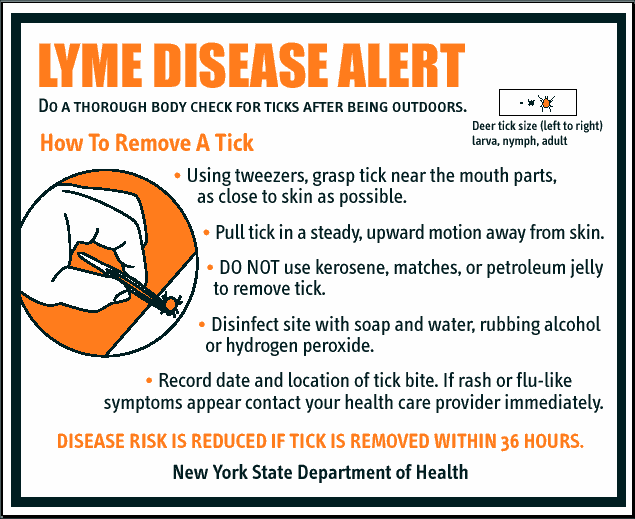Removing relapse and addiction treatment burdens

Removing relapse and addiction treatment burdens is essential in the sustainability of substance abuse
Removing relapse and addiction treatment burdens: Drug addiction
The use of drugs in our communities is cannot be overemphasized. We are all suffering from the burden of drug addiction in one way or another. Speaking to the experts at AWAREmed health and wellness resource center under the able leadership of doctor Dalal Akoury MD, it is evident that a lot of gains made in quitting an addiction is being undermined by consistent re-addiction problems. That is why we want to focus on removing relapse as one of the noticeable burdens in addiction treatment. For us to achieve our objective for eradicating the problem of addiction successfully then it is proper that we analyze this topic with a view of understanding its consequences and how to contain it. Let’s begin by defining relapse as falling back to something that you have made effort to disassociate with or from, that is to say falling or slinging back into a former or old state, practice, a vice, error, wrongdoing or just backsliding into illness after recovery. It is all about fall back on something.
Removing relapse and addiction treatment burdens: The significance of relapse
Relapse is a significant factor in the process of addiction recovery which many patients fall prey to. When it happen, it is important that patients should not this as an admission of failure or point of weak character. Emphasis should be made to the effect that discontinuing an addiction to drugs, alcohol, nicotine etc. is a tedious, difficult and take a long process which would ordinarily require soundness and a reasonable amount of courage and willpower to emerge the victor. The challenge of relapse is an uphill task not just to some, but all patients whether in the rehab or not. Many people who have succeeded will testify that they met several obstacles before their great success. It is important to be positive all through even if they relapse once, twice or even several times the focus and determination to triumphant should be loaded for the ultimate result of beating an addiction.
We acknowledge that the whole process can be very frustrating to the patients themselves and even to their friends and relatives when they make and put a lot of effort in an attempt of trying to knock out their addiction-related habits and then all over sudden they succumb to the cravings. For sure this will be demoralizing and the patient being human will be right to feel discouraged because all the hard work and time they have invested appears to have been for nothing. The feeling that they may not achieve their treatment objective may become weighty but in all this, we want to encourage you to remain focus to the bigger objective. Relapse is real and is just one of the obstacle to overcome, so keep the good work you are almost there don’t give up because that is not an option your great life is ahead of you and you are just about to repossesses it. The challenges will be there, but with the help of doctor Akoury and her team of experts, together, we’ll triumph.
Removing relapse and addiction treatment burdens: Drug addiction
http://www.integrativeaddictionconference.com/wp-admin






